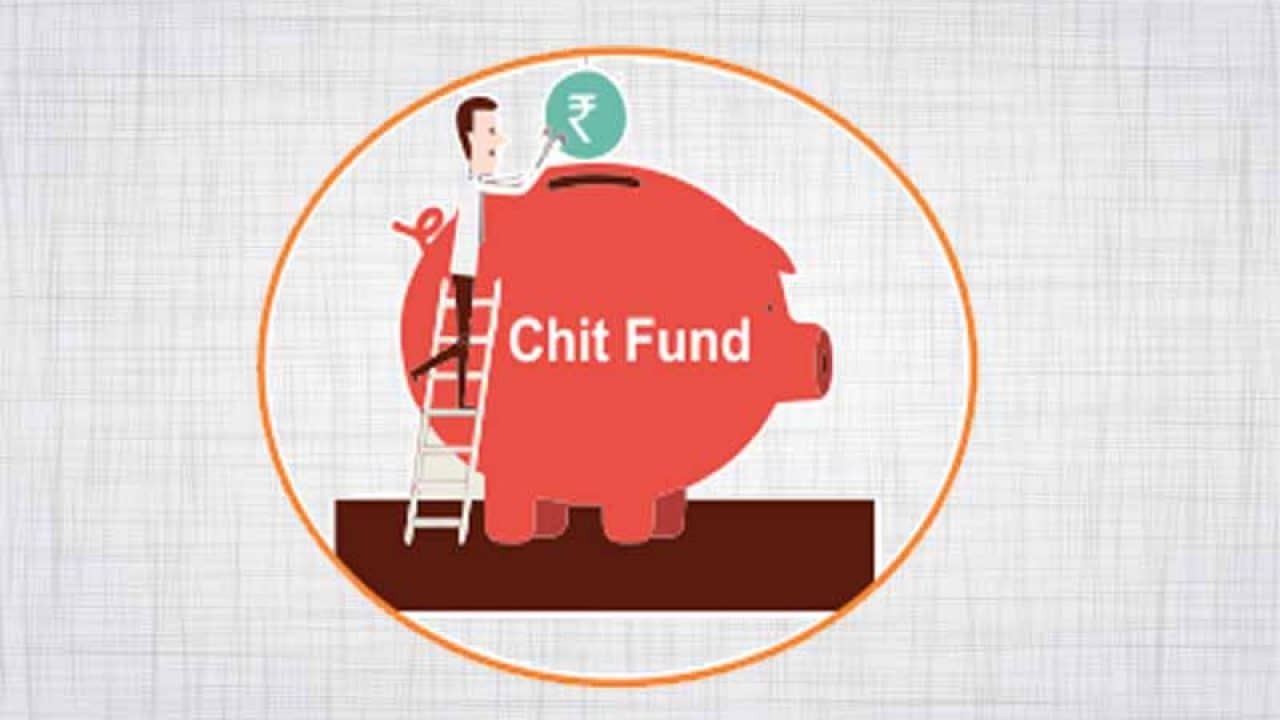
What Motivates the Low-Income Groups to Invest in Chit Funds Over Formal Savings: A Survey
As per the latest estimates, 80% of Indians have a savings account, yet more than 70% of them fall under the lower-income group. These low-income groups are poor families that represent a wide range of unskilled and semi-skilled casual or contractually employed workers. They do not have predictable earnings and live on multiple sources of earnings with differing frequencies of payment (ranging from daily to once in two months). The struggle of this group is survival first. Next is safeguarding themselves against income uncertainties and sudden out-of-pocket expenses due to death or illness in the family. Accumulating wealth to meet their goals is last in their list of priorities.
PayNearBy conducted its first-ever ‘India Savings behavior’ nationwide survey on 15 June 2020. Nearly ₹10,000 people, earning less than ₹70,000 per annum, were the participants interacting digitally and on-field. The survey highlighted several insights into the factors that affect the saving habits of low-income group people. Let’s delve deeper into the findings and the learnings of this survey.
Key Highlights of the Survey
70% don’t use formal saving tools but rely on chit funds and money under the mattress.
- Over 65% of the respondents said that the uncertainty in their income flow and their large household expenses prevent them from committing to any formal savings products.
- 49% of the respondents talked about building a safety net to help them deal with emergencies like the COVID-19 pandemic.
- The low-income group prioritized trust, flexibility, security, and ease of use over ROI while choosing their savings product.
- More than 40% of the respondents admitted that they fear documentation and processes and hence prefer not choosing a formal savings product. The structured setups, operational timings, and documentation hassles were cited as deterrents for them to commit to any formal savings product.
- Over 43% of respondents revealed that ease of operational process is a critical factor in determining whether and how often to put money into a savings fund.
- This income group finds it very inconvenient when their time is spent traveling, and filling out application forms, making them lose daily wages to the process.
- More than 35% of the respondents stated that the primary reason for saving is to stop themselves from spending money on unnecessary things.
- 65% of the respondents admitted that they want to accumulate surplus money to build a lump sum that can help them meet short and medium-term life goals.
Why Low-Income Groups Prefer Chit Funds?
Low-income groups are vulnerable to unexpected expenditure shocks and transitory loss of income. When they decide to save, they do not find savings tools that can give them access to money as and when they need it. Most popular savings products offered to this group tend to block the funds for a stipulated time, making money inaccessible to them during a crisis.
Additionally, most of these savings products do not extend credit or overdraft facilities, thus failing to incentivize these low-income groups adequately.
Therefore, most low-income households prefer informal saving and credit mechanisms such as chit funds over formal savings tools.
Key Reasons Why Low-Income Groups Prefer Chit Funds
- Acts as savings and borrowing tool
- Simple process
- Close-knit community
- Easy access to money
- Less documentation
- More flexibility
- Good ROI
Key Takeaways
- The pandemic has affected both savings and expenditure. Hence the rule of thumb is to save money – not only to accumulate wealth but to be financially safe.
- It is important to build the discipline of savings amongst the masses to ensure economic security.
- The formal savings product offerings need to be simplified to make money easy to access and easy to consume for our masses.




